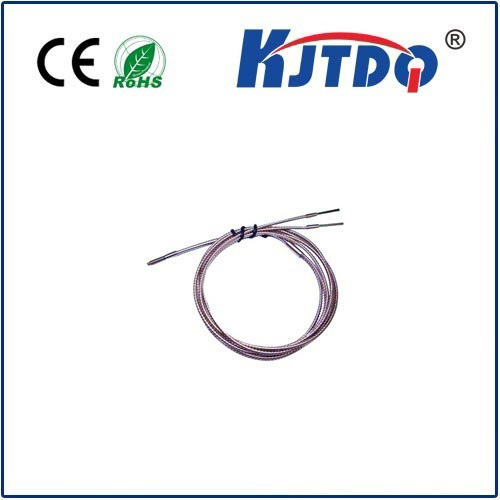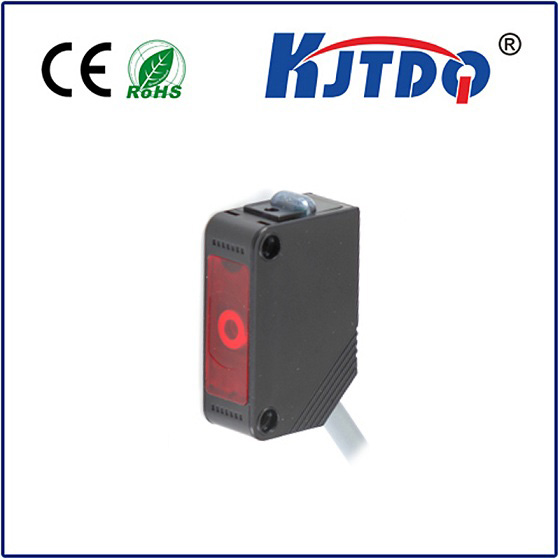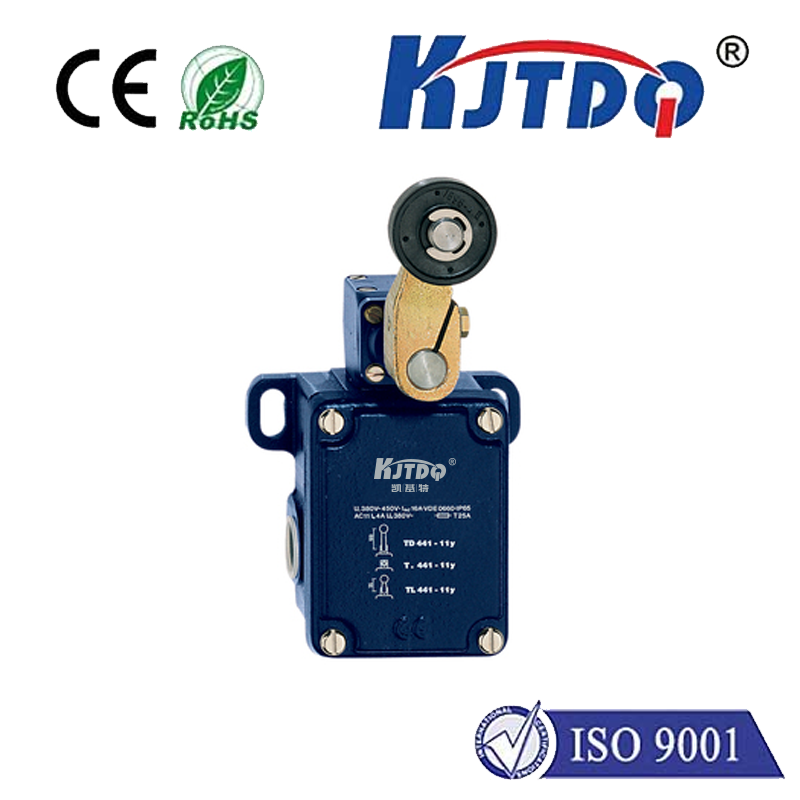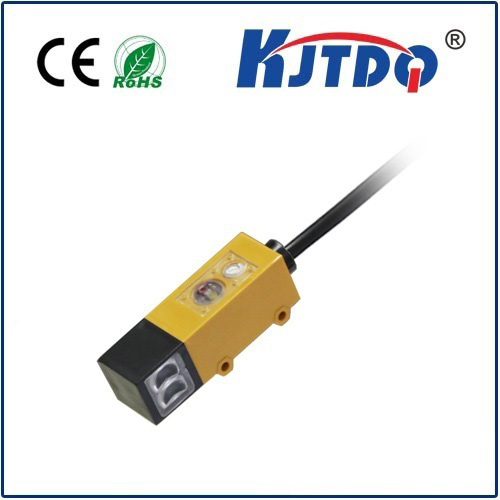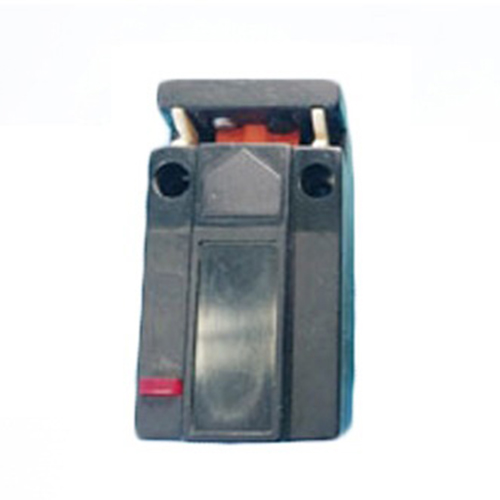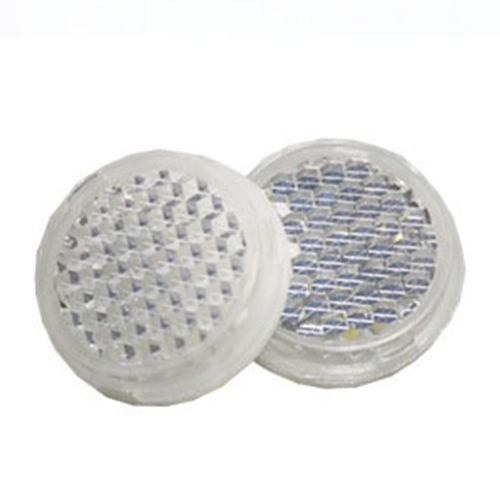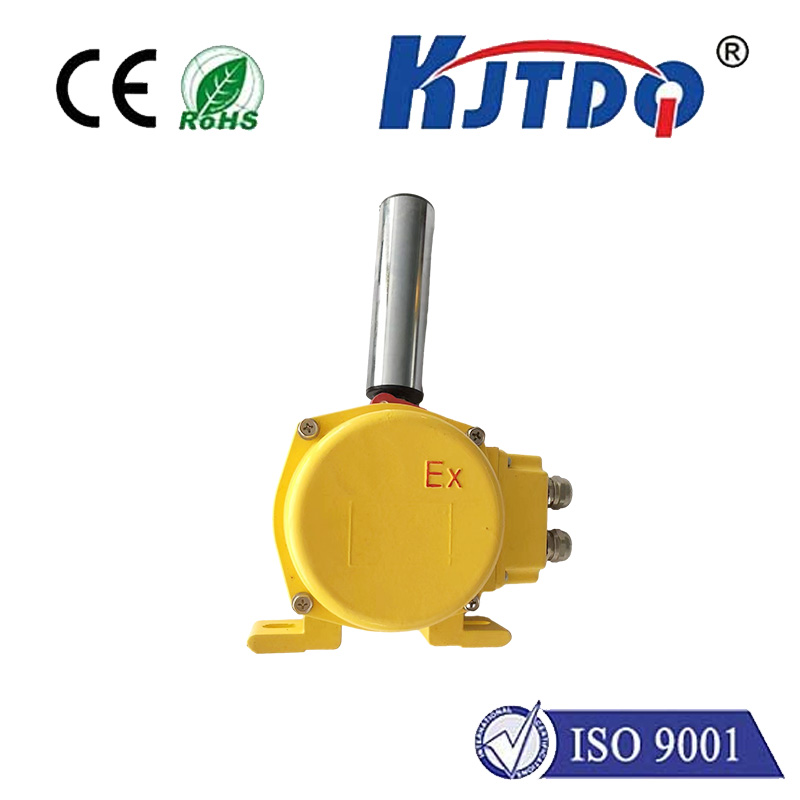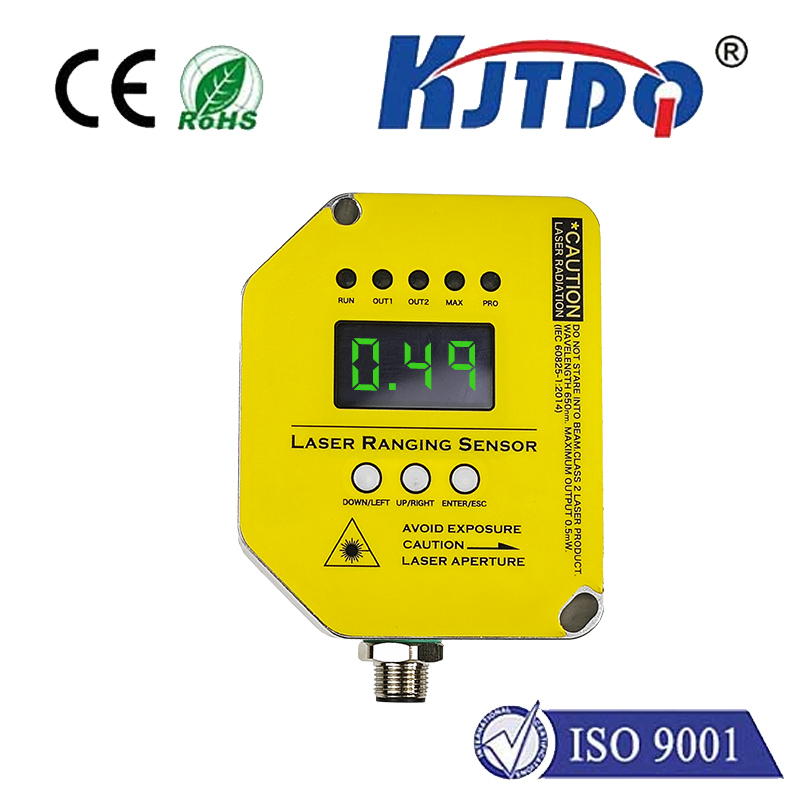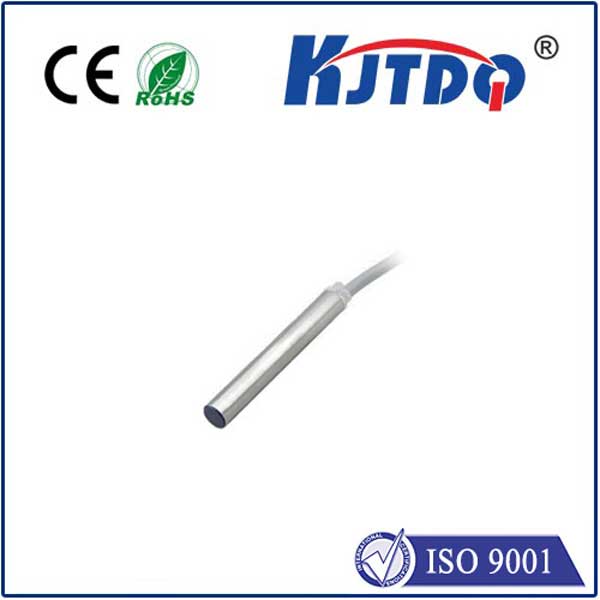3 pin limit switch
- time:2025-08-02 03:11:46
- Click:0
Unlocking Precision Control: The Essential Guide to 3 Pin Limit Switches
In the intricate symphony of automated machinery, precise positioning is non-negotiable. Imagine a robotic arm missing its mark, a garage door slamming shut past its designated stop, or a conveyor belt jamming because an object wasn’t detected. Preventing such chaos often falls to humble yet indispensable components: limit switches. Among the most common and versatile configurations is the 3 pin limit switch, a fundamental building block for safety and control across countless applications. Often referred to as micro switches due to their compact size and snap-action mechanism, these devices are the unsung conductors ensuring machines operate within their designated boundaries.
What Exactly is a 3 Pin Limit Switch?
At its core, a limit switch is an electro-mechanical device. It detects the presence or absence, or the physical limit of travel, of an object (like a machine part, door, or product on a line) through direct mechanical contact, typically via an actuator arm or plunger. When the actuator is triggered, it causes an internal, rapid switching action – the hallmark of a micro switch. This action changes the state of its internal electrical contacts.
The “3 pin” designation specifies the electrical connection terminals it possesses. These three pins correspond to the switch’s fundamental electrical configuration, providing crucial flexibility:

- Common (COM): This is the central connection point for the electrical circuit’s current flow.
- Normally Open (NO): In the switch’s resting state (actuator not depressed), this contact is open – no electrical connection exists between COM and NO. When the actuator is triggered, this circuit closes.
- Normally Closed (NC): Conversely, in the resting state, this contact is closed – a connection exists between COM and NC. Triggering the actuator opens this circuit.
| Pin Designation |
Resting State (Actuator Not Triggered) |
State When Actuator Triggered |
Typical Use Case (Example) |
| COM |
Central Connection Point |
Central Connection Point |
Power Input / Circuit Center |
| NO |
Open (No connection to COM) |
Closed (Connected to COM) |
Activating a process (Start motor when part is in position) |
| NC |
Closed (Connected to COM) |
Open (No connection to COM) |
Safety stop (Halt machine if guard is opened) |
The Ingenuity of the 3-Pin Design: Why It Matters
The brilliance of the 3 pin setup lies in its inherent versatility and diagnostic capability:
- Dual Functionality: A single device offers both a normally open and a normally closed contact within one compact housing. This allows designers to use one switch for two different logic functions simultaneously.
- Fail-Safe Potential: The NC contact provides a critical safety feature. Imagine using it in an emergency stop circuit. In normal operation (actuator not triggered), the NC circuit is closed, allowing the machine to run. If the actuator is triggered (e.g., by hitting an end-of-travel stop or an emergency button being pressed), the NC circuit opens, immediately breaking the safety circuit and stopping the machine. Crucially, if the wire connecting the switch breaks, it also opens the NC circuit, inherently failing to a safe state (machine off). An NO contact cannot guarantee this.
- Electrical Isolation: The internal mechanism ensures the NO and NC circuits are electrically isolated from each other (except via the COM pin). This prevents unintended signal interactions.
- Redundancy & Monitoring: The complementary states allow systems to monitor the switch’s health. Knowing both the NO and NC states should always be opposites provides a simple diagnostic check. If both are open or both are closed simultaneously, it indicates a switch failure.
- Simplified Wiring & Cost Efficiency: Needing only one physical switch and mounting point to achieve both NO and NC functions simplifies installation, reduces wiring complexity, and lowers overall system cost compared to using two separate single-function switches.
Where Do 3 Pin Limit Switches Shine?
The robustness, simplicity, and versatility of 3 pin limit switches make them indispensable across a vast spectrum of industries:
- Industrial Automation: End-of-travel detection for linear actuators, robotic arms, slides, and rotating platforms. Position sensing for confirming parts are correctly located before a process begins (e.g., welding, drilling).
- Material Handling: Detecting jams on conveyors, verifying package presence at sorting stations, controlling gate positions.
- Automotive: Monitoring hood, trunk, or door positions for interior lighting controls and safety interlocks. Sensing brake pedal position for brake lights.
- HVAC: Confirming damper positions in ventilation systems. End-of-travel for zone control valves.
- Home Appliances: Detecting door open/closed states on washing machines, dryers, microwaves, and ovens for safety interlocks. Water level sensing.
- Printing & Packaging: Registering paper position, detecting misfeeds, confirming box closure.
- Medical Equipment: Ensuring safe positioning of device components, detecting drawer or tray closures.
Consider a typical automotive hood switch. When the hood is securely closed, it presses the switch’s actuator. This opens the NC circuit (used, for instance, to turn off the under-hood light) and closes the NO circuit (used to tell the vehicle’s security system that the hood is closed). One 3 pin switch efficiently handles both functions.
Key Advantages Driving Adoption
Why do engineers consistently choose 3 pin limit switches? Their strengths are compelling:
- Proven Reliability: Mechanical switching via snap-action mechanisms offers positive, tactile feedback and high repeatability. Contacts are physically separated, preventing phantom signals.
- Cost-Effectiveness: They provide significant functionality at a relatively low unit cost.
- Simplicity & Ease of Use: The clear 3-pin interface (often labeled COM, NO, NC) makes wiring straightforward. Integration into control circuits is generally simple.
- High Current Handling: Quality switches can directly control significant currents (e.g., 10-15A AC/DC), allowing them to switch motors, solenoids, or lights directly without always needing an intermediary relay.
- Ruggedness: Good mechanical life (hundreds of thousands to millions of cycles) and often high IP ratings for dust and water resistance (e.g., IP67) make them rugged workhorses suitable for harsh environments. Their physical robustness withstands vibration and impact.
- Instantaneous Switching: Snap-action provides fast, clean switching independent of actuator speed, ensuring accurate timing.
Maximizing Performance and Longevity
While inherently robust, correct selection and use are paramount:
- Choose the Right Actuator: Roller lever, plunger, or simulated roller? Consider the object triggering it (size, speed, direction) and mounting constraints.
- Electrical Ratings: Ensure the switch’s rated voltage and current (AC and DC) exceed your application’s requirements. Pay close attention to DC ratings, often lower due to arcing.
- Environment: Select switches with appropriate IP ratings for dust and moisture protection. Consider temperature extremes and potential chemical exposure.
- Operational Life: Match the switch’s mechanical life rating to the required number of cycles in your application.
- Mounting & Adjustment: Ensure stable mounting






